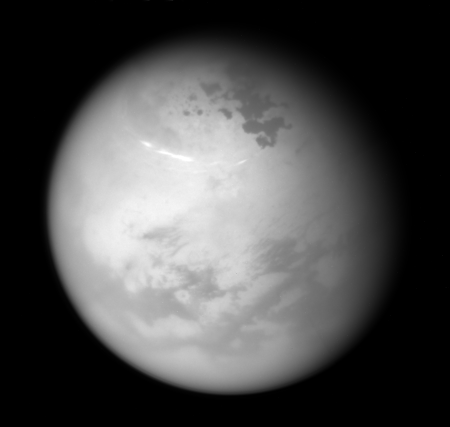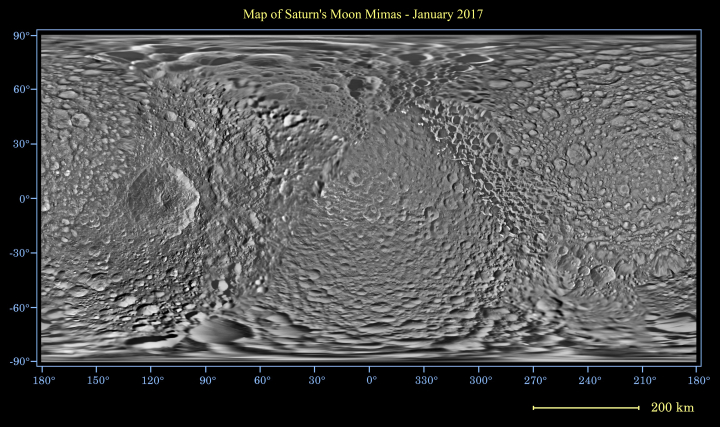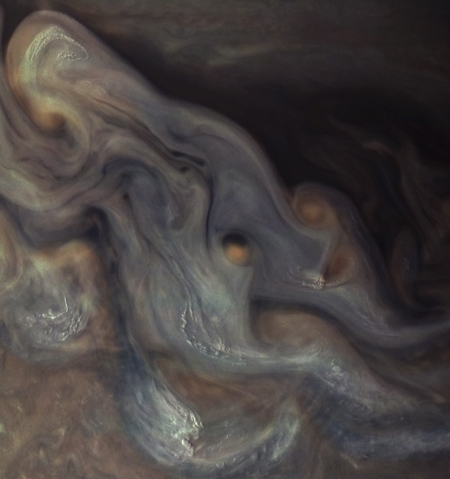New smallsat rocket company plans first flight of aerospike engine
ARCA Aerospace has announced that it will perform the first test flight reaching space of an aerospike rocket engine this coming August.
ARCA Space Corporation has announced the first test-launch of its Demonstrator 3 space vehicle at Spaceport America in August. This will mark the first space flight of an aerospike rocket engine. Aerospike rocket engines are described as significantly more fuel efficient than the current engines and could make launches attempting to bring satellite payloads to space more affordable. Demonstrator 3 will perform a suborbital space flight up to an altitude of 100 kilometers above the New Mexico desert.
Their goal is to build a rocket they have dubbed Haas 2CA for the smallsat industry.
There is an interesting video at the link from the company showing their engineers hand-building this first suborbital test rocket, which the company also says is the first of a weekly series leading up to the test launch. More information about the company can be found at their website. According to their schedule, they hope to make the first orbital flight in 2018, and begin commercial operations by the end of that year.
ARCA Aerospace has announced that it will perform the first test flight reaching space of an aerospike rocket engine this coming August.
ARCA Space Corporation has announced the first test-launch of its Demonstrator 3 space vehicle at Spaceport America in August. This will mark the first space flight of an aerospike rocket engine. Aerospike rocket engines are described as significantly more fuel efficient than the current engines and could make launches attempting to bring satellite payloads to space more affordable. Demonstrator 3 will perform a suborbital space flight up to an altitude of 100 kilometers above the New Mexico desert.
Their goal is to build a rocket they have dubbed Haas 2CA for the smallsat industry.
There is an interesting video at the link from the company showing their engineers hand-building this first suborbital test rocket, which the company also says is the first of a weekly series leading up to the test launch. More information about the company can be found at their website. According to their schedule, they hope to make the first orbital flight in 2018, and begin commercial operations by the end of that year.



